Violet variety "Don Juan": description, planting and care

Violets are amazing, sophisticated and beautiful flowers that any housewife will be glad to see in her home. The flower has its own unique external and botanical features, thanks to which it cannot be confused with anything. There are a lot of varieties of violets (around the world there are about 9 thousand registered species), and "Don Juan" stands out from them.

Description of the variety
In fact, this flower has nothing to do with violets, but it is ranked among their varieties for its extremely similar appearance and botanical characteristics. The plant itself is called Saintpaulia, it belongs to the Gesnerian family, but the people call it the Uzambara violet. In the future, in this article, the word "violet" is also used, since it is more familiar.
"PC-Don Juan" most often has purple flowers (although they can vary in shades), and the variety itself was bred only in 2013, receiving this name for its attractive appearance. Don Juan is a variety, however, it can produce sports. Sports are derived plants from one variety, they are similar to the "parent", but also have a number of characteristics that differ from it.
Sports appear for various reasons, but the main one is climatic conditions.

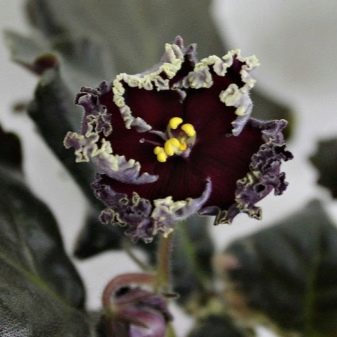
This violet has a rather large rosette, which can grow up to 40 cm in diameter. The leaves are dark green in color and have a pale pink edging. Each leaf is velvety and slightly wavy to the touch. Terry flowers, as a rule, are bright purple or even purple-black, with a green border (yellow is less common). The shape of the flowers is a star, about 6 cm in diameter. On the other hand, the petals of the flower are light.
If the leaves are very wavy, then the border of the flower will be thicker. At home, such a violet, with proper care, will bloom almost all year round. Usually this time is from mid-March to December, about 3 months for the plant goes to rest.
But if care is carried out with due attention, then some Saintpaulias can bloom without interruption, and the cuttings always take root well when planted separately.

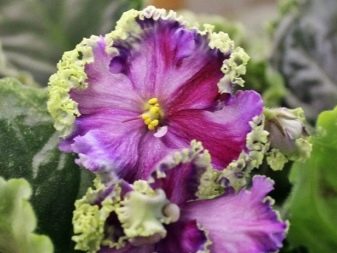
Conditions of detention
Caring for "Don Juan" at home is considered to be of average complexity, but it has its own characteristics. If you admit negligence or forget about the flower for a while, this will lead to wilting, which can no longer be stopped. For inexperienced amateurs, the cessation or complete absence of flowering is quite common. Such problems indicate that the conditions for keeping the flower are violated (while in different varieties they hardly differ from each other). The main points are watering, temperature regime, light. It is worth familiarizing yourself with all these conditions in more detail.
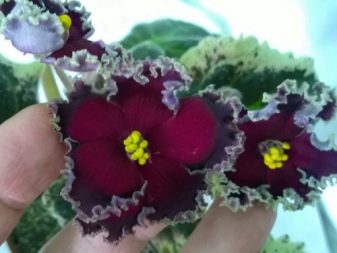
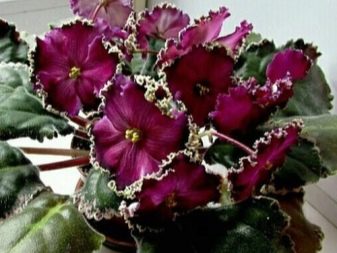
Location and lighting
Don Juan is an extremely light-sensitive plant. It constantly needs lighting, but direct sunlight can have a detrimental effect. The best location for a flowerpot is a room on the south side of the house, where the light is diffused and won't harm the violet. It is important here to make sure that there is a certain darkening at the border of the growth of the saintpaulia. This will make the light softer and harmless.
As a blackout, you can use simple curtains (or blinds), and a separate piece of fabric stretched next to the plant. Foil is also great. It is very good if the flower is placed in the kitchen, since warm air is abundant there. In winter, it is important to ensure that the leaves do not come into contact with the window panes.
Since this plant is very light-requiring, it should be in a lit place for 13 hours a day.
When it is possible to give Saintpaulia moderate artificial light at night, this has a positive effect on flowering.


Temperature and humidity
The best temperature during the day is considered to be from +20 to +25 degrees at any time of the year. Therefore, in hot weather, the violet should be moved to a cooler room or the air temperature should be controlled with an air conditioner or fan. The roots of the plant are very sensitive to temperature changes that can destroy them, therefore, when airing the room, especially in cold weather, the pot with the plant is taken to warm rooms. At night, the temperature regime changes by 2-3 degrees. Drafts and sudden gusts of cold should not be allowed, as the saintpaulia will wilt.
Air humidity plays an equally important role in the life of a violet. It can be maintained at the proper level by installing various open containers of water nearby. In addition, Don Juan is advised to be kept in a special tray filled with liquid. As an additional option, you can use conventional humidifiers.
Humidity should be in the range of 60-70%, a higher one threatens the flowers with the formation of rot.

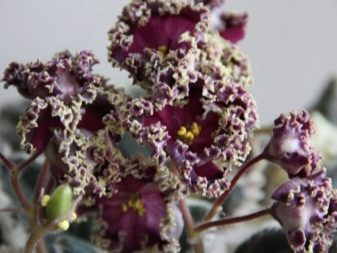
Care features
Even if all the conditions described above are met, they may not be enough for the violet to grow healthy and bloom. We need proper care, which includes watering, feeding, introducing vitamins into the soil, pruning and replanting.

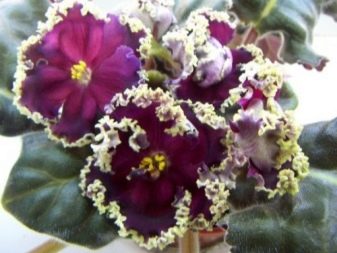
Watering mode and technique
"Don Juan", like many other types of violets, is very afraid of getting liquid on leaves or flowers, as this often causes rotting or hypothermia. Some housewives deftly water the plant directly in the pot (for example, you can use a watering can), but it would be better to immerse the flower in a tray filled with water infused for twenty minutes for twenty minutes.
The water temperature for irrigation should not be lower than room temperature by more than 1-2 degrees. It is necessary to ensure that the upper soil layers are always slightly moist, as their drying out can become destructive.
It is important to remember that during winter, when the heating system is working, you need to regularly humidify the air around the flower.
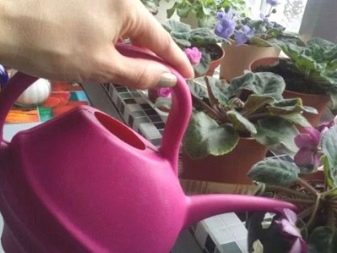
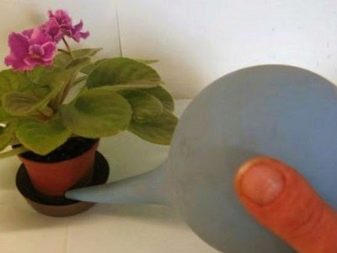
Top dressing
Violets need fertilizer no less than other house plants. You can try to do without top dressing, but Saintpaulia will deplete the soil in the pot in a few months. This is why it is easier to use fertilizers than replanting the plant over and over again. The best nutrients are nitrogen, calcium, phosphorus, but when using them, it is important to observe the correct dosage, therefore, the instructions on the fertilizer packaging must be strictly followed.
Top dressing can be done in three ways:
- add to soil - the fertilizer is diluted in warm water and the soil is watered, avoiding contact with the leaves;
- nourish the roots - as when watering, the plant is placed in a container, but not with ordinary water, but with fertilizer diluted in it;
- introduce through the leaves - a method that is used only by experienced gardeners, it nourishes the plant faster, but requires accuracy.
Fertilizer is introduced every two weeks in a strictly metered amount.
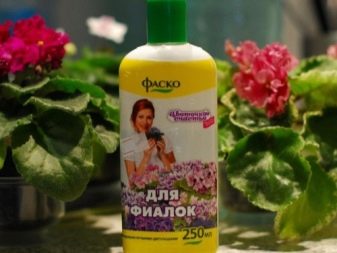
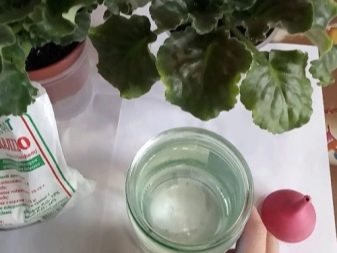
Pruning
Don Juan has nothing to do with widespread plants. This variety has a compact rosette that does not release extra leaves, however, the plant also needs periodic pruning to form a beautiful bush. It is believed that Saintpaulia should not have more than three rows of leaves, since they are simply not needed. Therefore, they are removed.
You can gently pluck out unnecessary leaves, but it is better to use a sharp tool to trim off dried, wilted leaves and specimens from the lower rows.
It is important to remember that all cuts after the procedure are treated with charcoal to avoid infection in the flower.
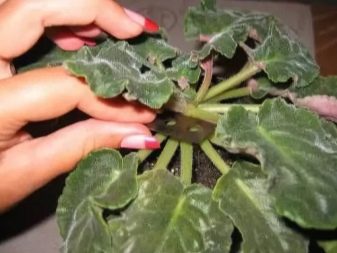
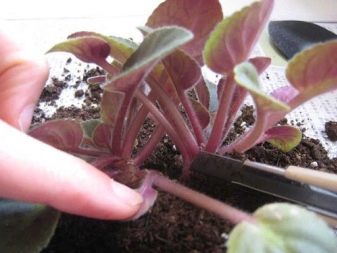
Transfer
Transplanting plants of this species should be mandatory.It is held at least once a year. This is necessary because harmful salts accumulate in the soil, acidity rises, and there are almost no micronutrients left, which leads to the cessation of violet flowering.
In addition, for Saintpaulia, the ability to supply oxygen is extremely important, which is excellently provided by a change of soil.
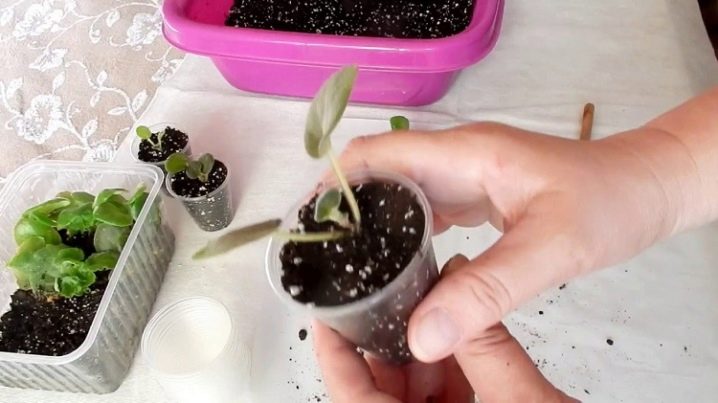
For optimal adaptation, it is best to transplant Don Giovanni in the spring. This is done in the following way.
- First, a pot is prepared into which the flower will be transplanted. It should be one size larger than the old one and have moisture holes. Plastic works well, as clay and ceramics absorb moisture too quickly. Expanded clay or broken bricks are laid out at the bottom of the pot, and then covered with soil to the middle (the earth is necessarily of moderate acidity).
- The violet is carefully removed from the old container: the pot is turned over, shaken slightly and the flower is taken out.
- The roots are carefully cleaned from the ground, you also need to remove all wilted and just extra leaves from the Saintpaulia.
- "Don Juan" is planted in a new pot, after which the earth is poured into it and tamped down.
- The transplanted flower is watered only the next day after the procedure.
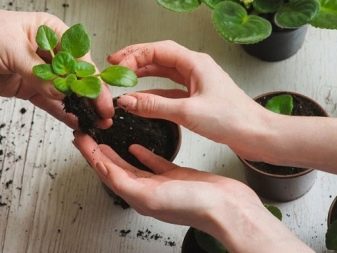
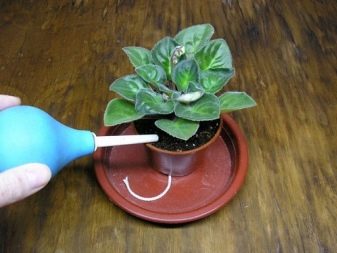
Possible difficulties
This type of flowers is very sensitive, and in the absence of attention, it can not only stop blooming, but even die altogether. Often the plant is watered incorrectly, since the line between an overdose of water and its lack is very thin. If the leaves of the plant suddenly began to turn yellow or curl, this means that watering and the humidity of the air need to be increased, but if the flowers and leaves wither, then the roots most likely begin to rot, and you need to urgently transplant the flower, stopping watering until the plant is fully restored. Do not forget about the treatment against parasites and infections with the help of various fungicides.
Violation of the abundance of light can also spoil the flower. If pale spots appear on the leaves, it means that they have received a burn, and you need to move the violet, not forgetting to cut off the damaged leaves.
The health of a plant depends entirely on the attention and love of the grower. Delicate violets have aroused the love of people for many years, not even stopping by their difficulty in leaving. Undoubtedly, it is worth having at least one such flower at home, and with due care, it will delight both owners and guests with its beauty and grace.
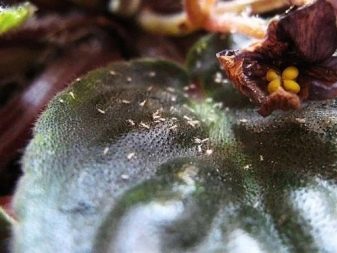

You can find out how to grow a violet from a leaf below.































The comment was sent successfully.